Muhammed Yavuz Nuzumlalı
Neural Natural Language Processing for Unstructured Data in Electronic Health Records: a Review
Jul 07, 2021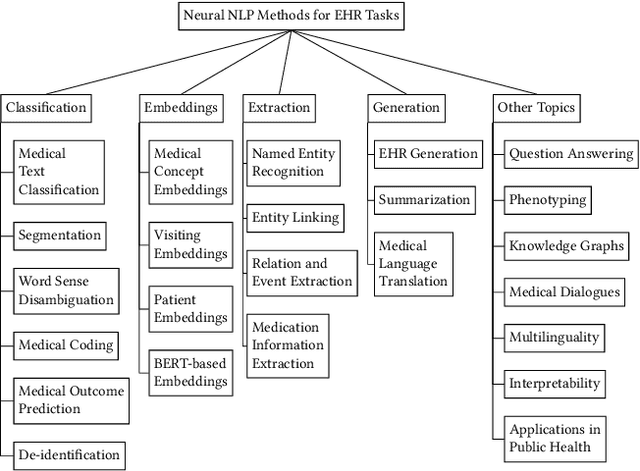
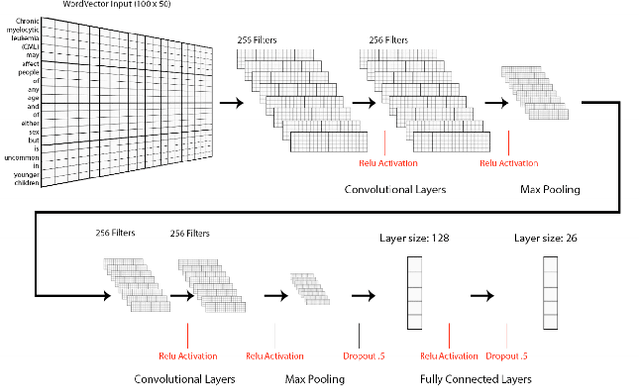
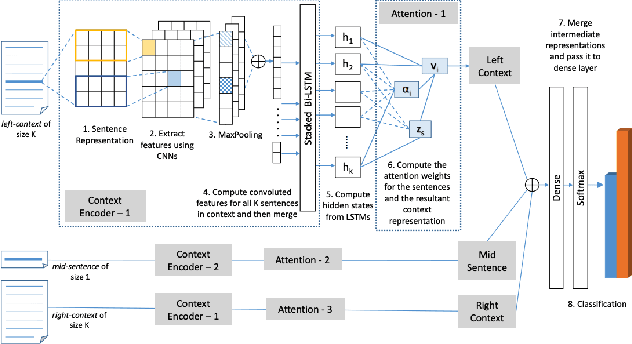

Abstract:Electronic health records (EHRs), digital collections of patient healthcare events and observations, are ubiquitous in medicine and critical to healthcare delivery, operations, and research. Despite this central role, EHRs are notoriously difficult to process automatically. Well over half of the information stored within EHRs is in the form of unstructured text (e.g. provider notes, operation reports) and remains largely untapped for secondary use. Recently, however, newer neural network and deep learning approaches to Natural Language Processing (NLP) have made considerable advances, outperforming traditional statistical and rule-based systems on a variety of tasks. In this survey paper, we summarize current neural NLP methods for EHR applications. We focus on a broad scope of tasks, namely, classification and prediction, word embeddings, extraction, generation, and other topics such as question answering, phenotyping, knowledge graphs, medical dialogue, multilinguality, interpretability, etc.
A Neural Topic-Attention Model for Medical Term Abbreviation Disambiguation
Oct 30, 2019
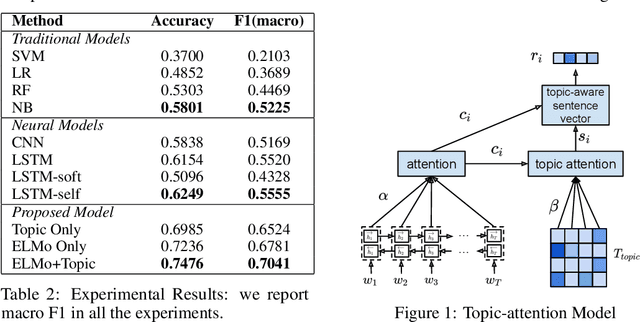
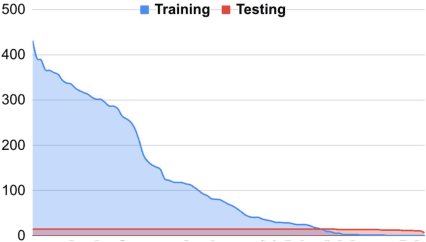
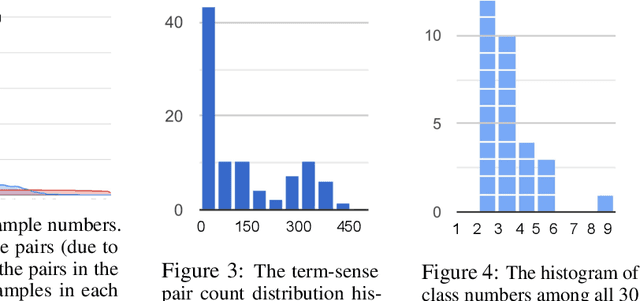
Abstract:Automated analysis of clinical notes is attracting increasing attention. However, there has not been much work on medical term abbreviation disambiguation. Such abbreviations are abundant, and highly ambiguous, in clinical documents. One of the main obstacles is the lack of large scale, balance labeled data sets. To address the issue, we propose a few-shot learning approach to take advantage of limited labeled data. Specifically, a neural topic-attention model is applied to learn improved contextualized sentence representations for medical term abbreviation disambiguation. Another vital issue is that the existing scarce annotations are noisy and missing. We re-examine and correct an existing dataset for training and collect a test set to evaluate the models fairly especially for rare senses. We train our model on the training set which contains 30 abbreviation terms as categories (on average, 479 samples and 3.24 classes in each term) selected from a public abbreviation disambiguation dataset, and then test on a manually-created balanced dataset (each class in each term has 15 samples). We show that enhancing the sentence representation with topic information improves the performance on small-scale unbalanced training datasets by a large margin, compared to a number of baseline models.
 Add to Chrome
Add to Chrome Add to Firefox
Add to Firefox Add to Edge
Add to Edge